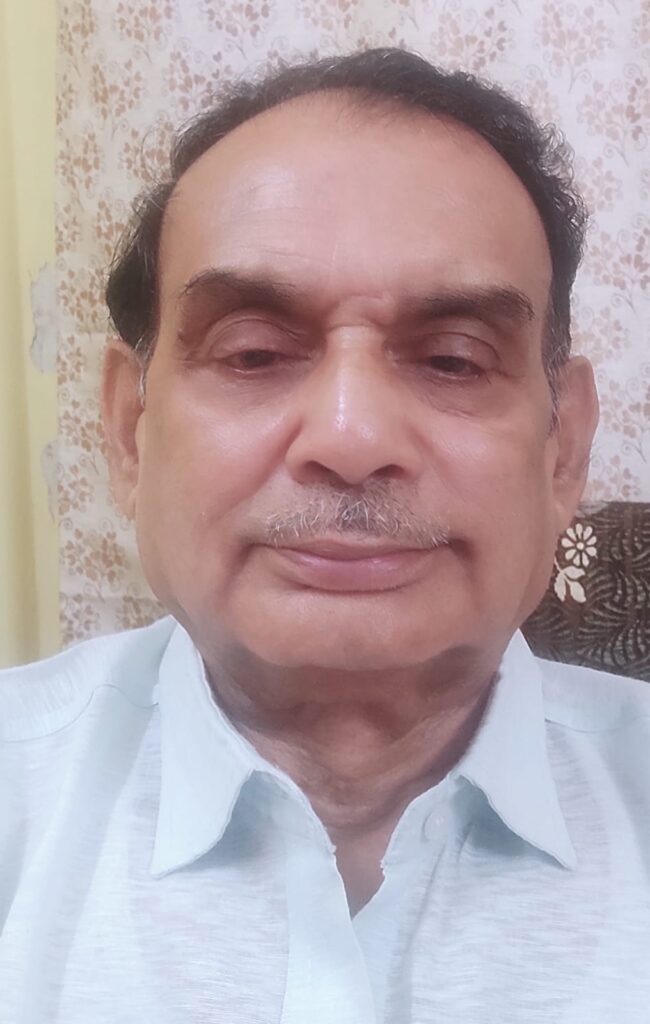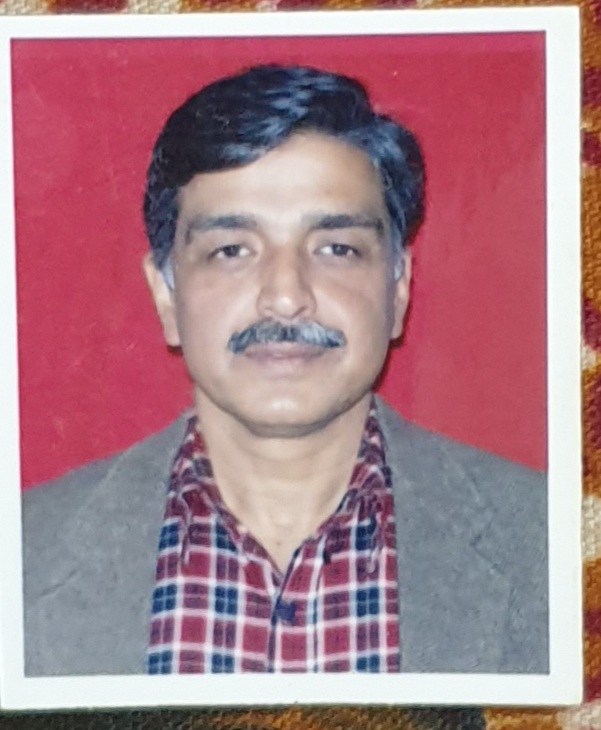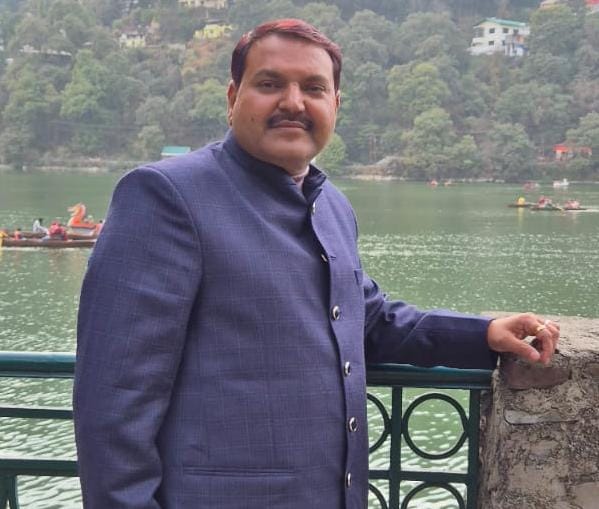Ballia’s Renaissance: A Landmark Decision for Healthcare, Education, and Legacy
Ravindra Ojha
The evolution of a city, its development, and its growth often hinge upon a handful of significant decisions that shape its trajectory. One such transformative moment occurred on March 10, 2025, when the cabinet meeting held at the Lok Bhawan in Lucknow passed an important resolution with far-reaching implications for Ballia, a historic district in Uttar Pradesh. This resolution not only ensures the establishment of a Medical College in the region but also honors the legacy of a freedom fighter, Chittu Pandey. It is a landmark development that could define the future of the area for generations to come.
As the news of this decision spread across Ballia, there was a palpable sense of optimism, excitement, and gratitude. The resolution that emerged from the cabinet meeting was nothing short of historic. The Uttar Pradesh government has decided to transfer 14 acres of land in the Ballia Jail area, with 12 acres allocated for the construction of a Medical College and 2 acres dedicated to the construction of a memorial for the great freedom fighter, Chittu Pandey. The proposal was approved unanimously, and this move marks a significant milestone in the growth of the region.
But what does this decision really mean for the people of Ballia? Let’s dive deeper into the implications of this resolution and explore the profound impact it is likely to have.
A Vision for the Future of Ballia
The decision to establish a Medical College in Ballia is more than just a moment of pride for the residents of the district. It is a bold step towards addressing the challenges faced by the region in terms of healthcare infrastructure, educational opportunities, and overall development. The addition of a medical college will not only provide world-class medical education but will also improve the healthcare services available to the local population.
Up until now, residents of Ballia had to travel long distances to cities like Varanasi or Lucknow for specialized medical treatment. This has often meant increased costs, time delays, and, in some cases, critical health complications due to delayed treatment. With the establishment of the Medical College, Ballia will not only have a healthcare hub that serves the district but will also attract medical professionals from across the country. This, in turn, will improve the quality of healthcare services in the region.
Additionally, the college will create hundreds of job opportunities, both in the medical field and across various administrative, technical, and service sectors. It is a gateway to improving the local economy, offering higher-paying jobs, and providing new avenues for skill development. The students who graduate from this Medical College will not only be equipped to serve in Ballia but will also carry with them the legacy of their alma mater wherever they go.
A Tribute to Chittu Pandey
While the decision to establish a Medical College is undoubtedly exciting, the 2-acre land allocation for the memorial of Chittu Pandey is perhaps even more symbolic. For the people of Ballia, Chittu Pandey is not just a name; he represents the unyielding spirit of independence, self-sacrifice, and the valor of India’s freedom struggle. His life and legacy have always been a source of inspiration, but this decision ensures that future generations will not only hear of his courage but also understand the significance of his contribution to the freedom movement.
By dedicating land to honor such a figure, the Uttar Pradesh government is reinforcing the importance of remembering the past as we look toward the future. In a time when the younger generation often seems disconnected from the rich history of India’s freedom struggle, the memorial will serve as a vital link, reminding everyone of the sacrifices made by heroes like Chittu Pandey.
Such memorials play a crucial role in instilling a sense of national pride and helping individuals understand the value of freedom. They are not mere stones or plaques; they are constant reminders of the ideals and values that our country was built upon. By honoring Chittu Pandey’s memory, the government is not only acknowledging his contribution but also encouraging future generations to take pride in their history and carry forward the same spirit of resilience and determination.
Behind this monumental decision is the leadership of Uttar Pradesh Chief Minister Yogi Adityanath. His vision for the state has consistently focused on development, growth, and ensuring that every district has the opportunity to thrive. This resolution, passed under his guidance, is a testament to his commitment to providing both infrastructural and emotional benefits to the people of Ballia.
Yogi Adityanath’s government has made several strides in transforming Uttar Pradesh, and this move is yet another example of his dedication to the welfare of the state’s residents. He understands that development cannot be achieved in isolation; it requires a deep connection to both the present and the past. His acknowledgment of Chittu Pandey’s contributions and his determination to ensure that Ballia benefits from state-of-the-art healthcare facilities showcase a balanced approach to governance.
Moreover, his leadership has emphasized inclusivity, ensuring that every district, regardless of its size or historical significance, receives the attention it deserves. Under his leadership, Ballia is now poised to be a hub of education, healthcare, and historical significance. This is a perfect example of leadership that bridges the gap between the state’s rich historical legacy and its ambitious future.
Gratitude from the People of Ballia
For the people of Ballia, this is a moment of great pride and gratitude. The announcement of this decision has been met with overwhelming joy. The collective gratitude of the citizens is not just because of the benefits of the medical college but because of the acknowledgment of their history, their struggles, and their contributions to the nation’s freedom. The establishment of the memorial for Chittu Pandey has been particularly emotional for the people, as it gives them the opportunity to honor one of their greatest heroes. For the citizens of Ballia, this decision isn’t just a political move; it is a personal victory, a validation of their identity and pride.
This decision could also serve as a model for other regions of Uttar Pradesh and even other states in India. The combination of development and historical remembrance in a single decision is a remarkable example of how political leadership can balance the needs of the present with the importance of preserving cultural heritage. Other districts, especially those with historical significance, might look to this model as a way to bring attention to their own stories while contributing to their modern-day needs.
In many ways, this approach demonstrates that progress does not have to come at the cost of history. The people of Ballia, with the construction of their Medical College and the memorial for Chittu Pandey, are witnessing a harmonious blend of the old and the new. It is an example of how the future of India can be shaped by a deeper understanding of its past.
The passing of the resolution to establish a Medical College and build a memorial for Chittu Pandey on March 10, 2025, will go down as a historic day for Ballia and Uttar Pradesh. It signifies not only the development of healthcare and education in the region but also a deep respect for the freedom fighters who have shaped the nation’s identity.
As the people of Ballia celebrate this momentous occasion, they also look ahead with hope and optimism. They understand that this is just the beginning of a larger journey, one that will bring further prosperity, pride, and recognition to their district. In years to come, Ballia will not just be known for its historical significance but for its modern-day advancements, and the world will remember the crucial role that this decision played in shaping that future.






